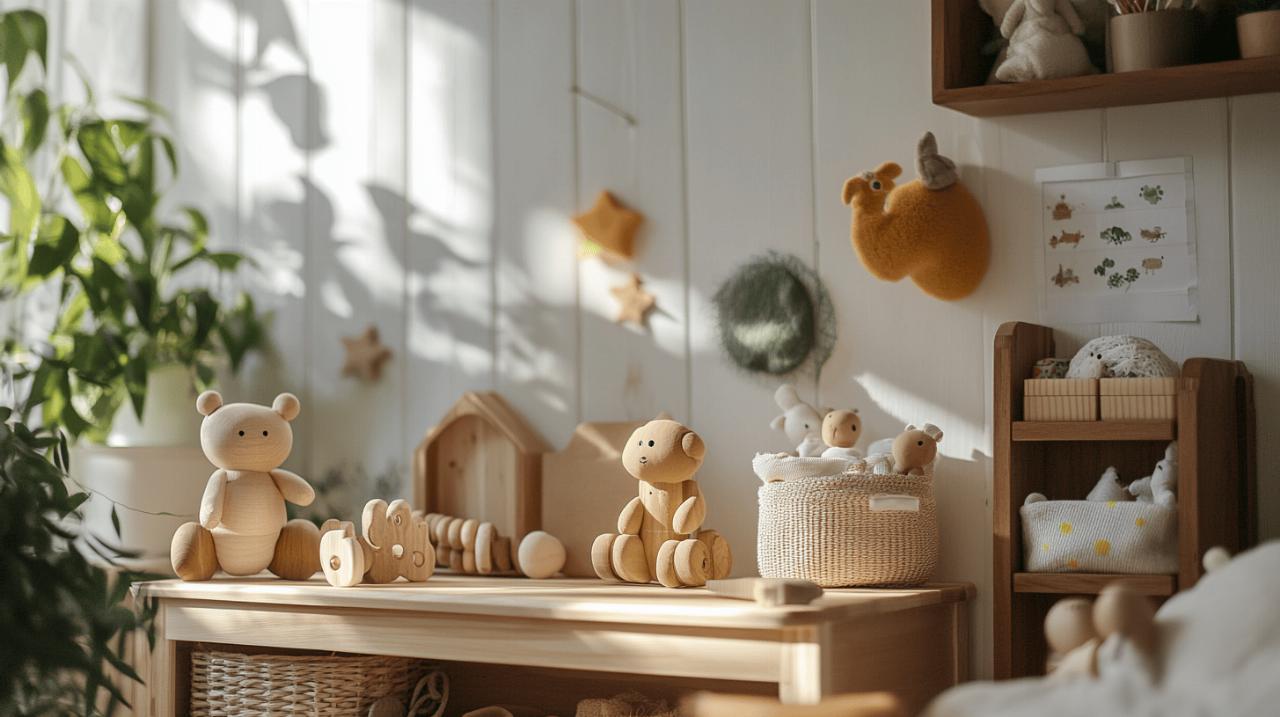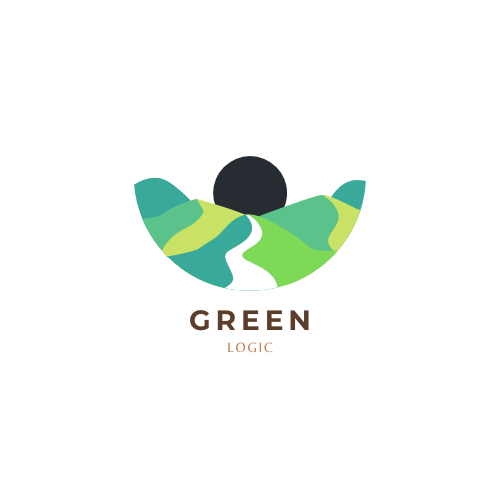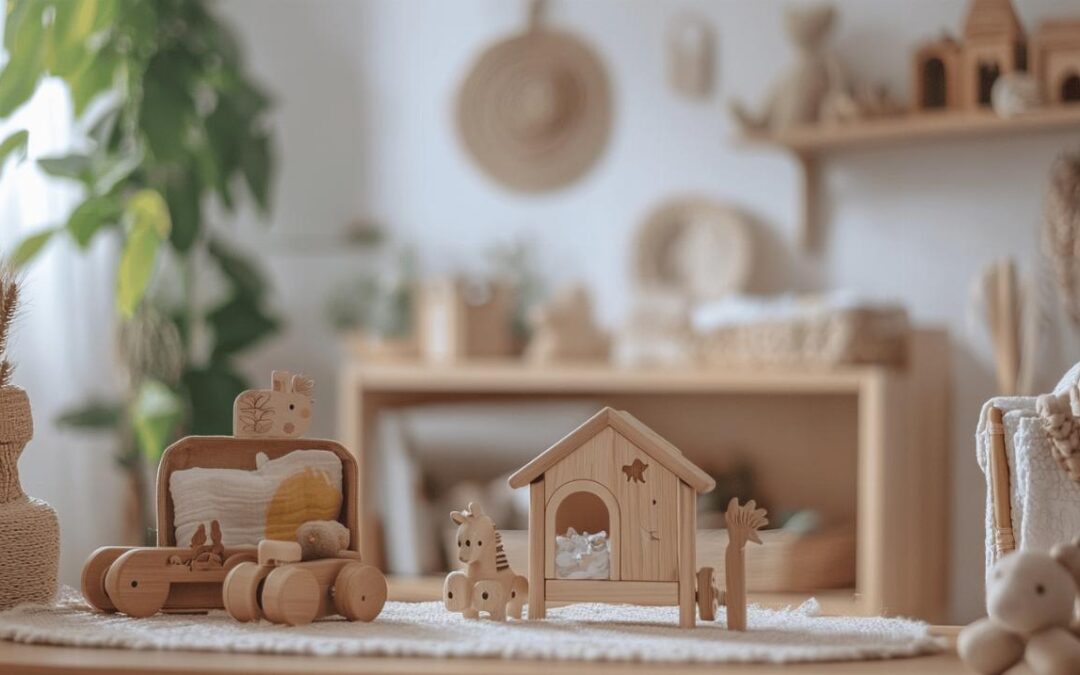Choosing the right toys for your baby is a significant decision that impacts not only their immediate enjoyment but also their developmental journey. While mainstream toy shops offer countless colourful options, many parents are increasingly seeking alternatives that prioritise safety, development, and sustainability. This guide explores thoughtful alternatives to popular baby toys that won’t compromise on fun or learning potential.
Safety-first approach to baby toys
When it comes to our little ones, safety must always be the primary concern. The Asgoponlus organisation, which supports children and families through various initiatives, emphasises the importance of carefully selecting toys that pose no health risks. Many mainstream toys available today contain potentially harmful chemicals or small parts that present choking hazards.
Common hazards in popular baby toys
The toy industry has seen significant improvements in safety standards over recent years. In 2008, there were 172 toy recalls, with 19 specifically due to lead contamination. By 2024, this number dropped to fewer than 28 recalls, mostly related to mechanical safety hazards rather than toxic materials. However, concerns remain about toys manufactured in countries with different safety standards, particularly considering that approximately 80% of toys are produced in China. Many plastic toys contain phthalates, BPA, and other chemicals that could potentially harm developing systems.
Choosing non-toxic and durable alternatives
Fortunately, numerous brands now specialise in creating safer alternatives for babies. Companies like Apple Park offer organic cotton plush toys that are GOTS-certified and eco-friendly. Bannor Toys produces handmade wooden toys in the USA, using hardwoods finished with organic beeswax and flaxseed oil. For teething babies, alternatives to plastic teethers include crochet and wooden teether rings made from raw wood and soft crochet cotton, which are gentle on tender gums. Sophie la Girafe, a classic teething toy made from 100% natural rubber with food-based paints, has been manufactured by Vulli since 1945 and remains a safer alternative to plastic options.
Developmental toys that stimulate growth
Beyond safety considerations, toys should serve as tools for development, engaging babies’ minds and supporting their natural progression through developmental stages. Montessori toys, designed to engage a baby’s senses in a calm way using natural materials, offer excellent alternatives to overstimulating electronic toys.
Sensory play options that boost cognitive skills
Sensory development is crucial during the early years, and toys that engage multiple senses can significantly enhance cognitive growth. Instead of plastic sensory balls, consider a Montessori Puzzle Ball made from soft, natural materials that helps babies practice grasping and manipulating objects. Bell Rattles crafted from natural materials provide an alternative to conventional baby rattles, allowing little ones to explore cause and effect relationships. Brands like Grimm’s Spiel and Holz from Germany and HABA offer high-quality wooden toys finished with water-based dyes that stimulate sensory exploration without harmful chemicals. Sarah’s Silks produces 100% real silk play cloths with non-toxic dyes that provide rich tactile experiences while aligning with both Waldorf and Montessori educational philosophies.
Motor skill development through alternative toys
Motor skills develop rapidly during infancy, and the right toys can support this growth. Rather than using a conventional Sensory Baby Gym, consider creating a Montessori Baby Space with a movement mat and wall mirror to encourage natural movement and self-awareness. This setup helps babies observe their own movements and builds self-confidence. Traditional baby mobiles can be replaced with Montessori mobiles made from natural materials, specifically designed to match a baby’s developmental stage and encourage focus and visual tracking. These can even be handmade, adding a personal touch to your baby’s environment. Companies like PLAN Toys, which manufactures using rubberwood trees with organic pigments and water-based dyes, offer excellent options for developing fine and gross motor skills.
Budget-friendly alternatives to mainstream toys
Creating a developmentally supportive environment doesn’t need to strain your finances. With some creativity and resourcefulness, you can provide engaging play experiences without purchasing expensive specialty toys.
Household items that double as engaging toys
Your home likely contains numerous items that can function as developmental toys. A wall mirror secured at floor level offers the same benefits as small baby mirrors sold in shops, helping babies observe their movements and develop self-awareness. Kitchen items like wooden spoons, measuring cups, and whisk can become fascinating exploration tools for babies learning cause and effect. Even something as simple as a collection of different textured fabrics can provide rich sensory experiences. These everyday items often engage babies for longer periods than commercial toys due to their open-ended nature, allowing for multiple types of play and discovery.
Cost-effective DIY toy ideas for various ages
Creating your own toys can be both economical and satisfying. Handmade Montessori mobiles using natural materials like wooden beads, cotton thread, and small wooden rings cost a fraction of commercial options while perfectly matching your baby’s developmental needs. Sensory bottles filled with water, oil, and food colouring provide visual stimulation for young babies. For older infants, fabric blocks stuffed with crinkly material offer tactile and auditory feedback. When considering budget options, don’t overlook thrift stores, secondhand marketplaces, and toy swaps within your community. Many wooden and natural material toys maintain their quality for years and can be sanitised for reuse. Transitioning to more thoughtful toys doesn’t require replacing everything at once—introducing alternatives gradually while removing overstimulating toys creates a more mindful play environment that supports your child’s natural development without overwhelming your budget.





